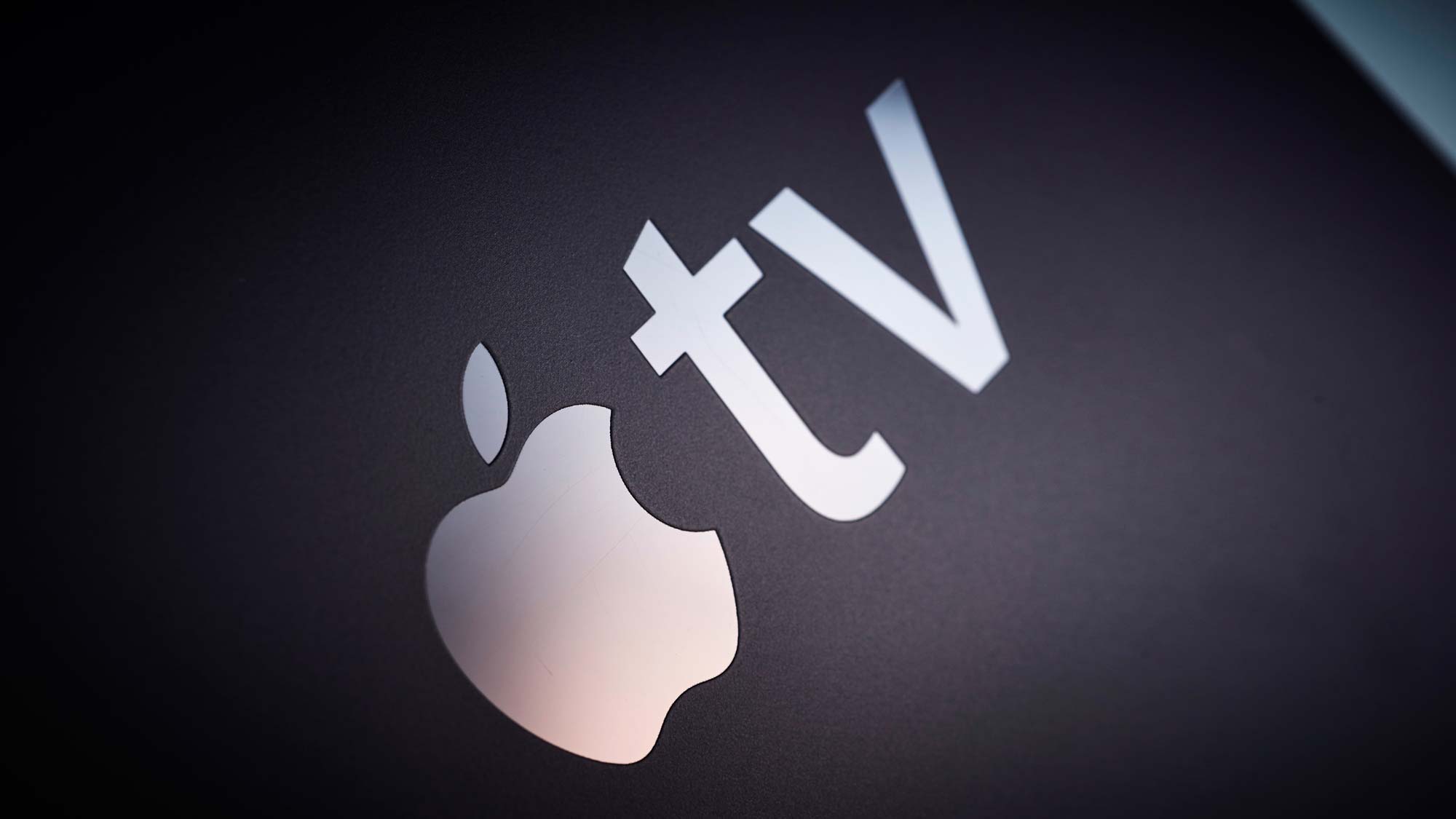I’m on a quest to find the perfect pro controller but there’s one killer feature many are missing
Mechanical face buttons are a literal game changer
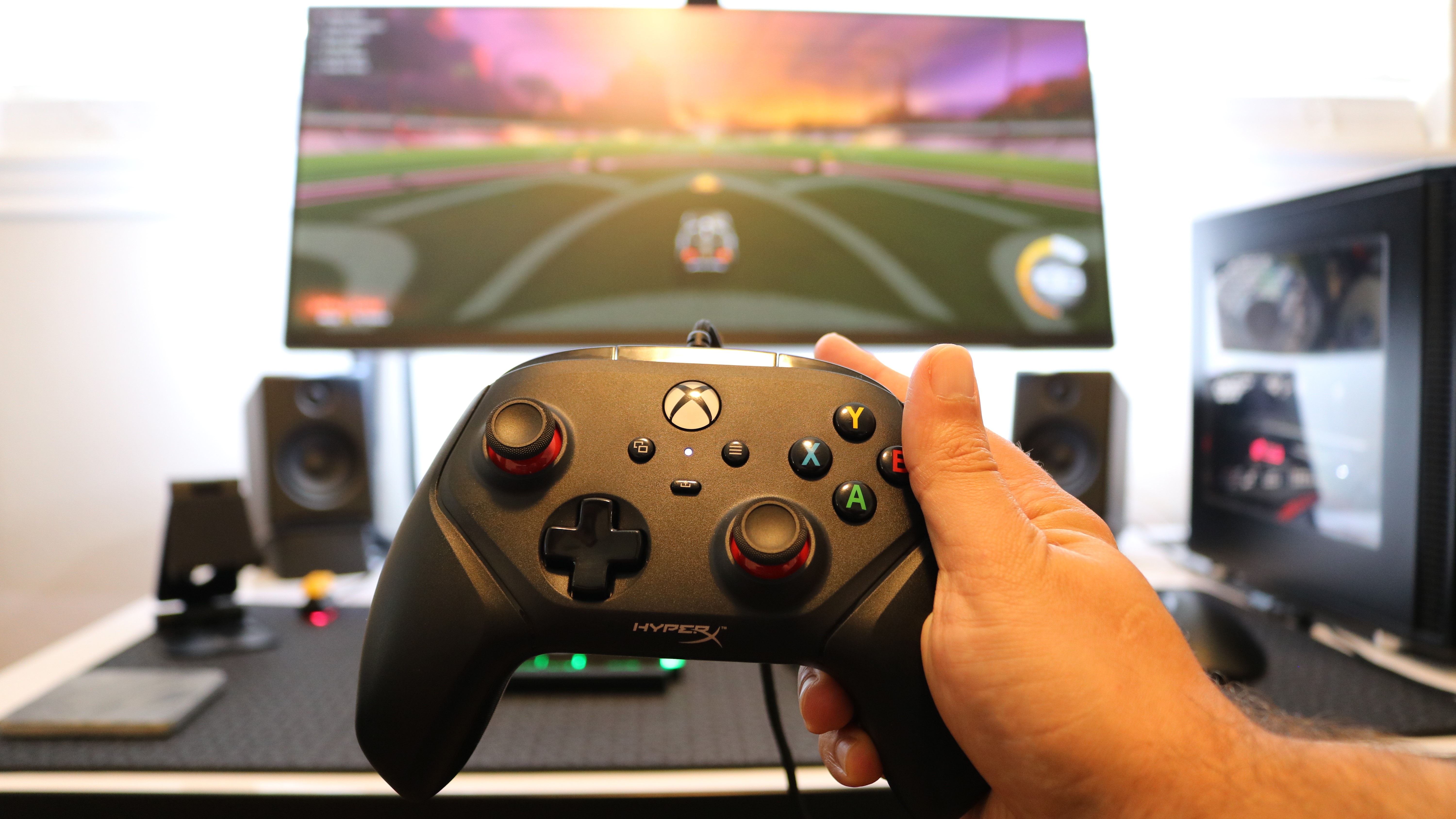
Although you can technically use any controller to play your favorite games (including the ones that come bundled with a console) there’s something that has always appealed to me about pro controllers.
Unlike a standard controller, pro controllers pack in a few extra features that make them more comfortable to use while also giving you additional buttons. They do cost quite a bit more compared to a standard controller but these extra features like programmable back buttons help justify their higher cost and make them some of the best PC game controllers.
When the Xbox Elite Wireless Controller Series 2 launched back in 2019, I was really interested in getting one. However, after doing some research and seeing a number of posts on Reddit about manufacturing issues and other defects, I decided against it. While these issues have been fixed in the time since, my decision not to get Microsoft’s Elite Series 2 controller ended up sending me down a rabbit hole.
As I didn’t want to buy a $179 controller that could end up with stuck buttons or bumpers after a few months, I set out to find the best Elite Series 2 alternative. Countless hours and controllers later, I’m still very much on a quest to find the perfect pro controller.
However, there’s one pro controller feature that I didn’t expect to enjoy as much as I have and now, I don’t know if I’d even pick up a controller without it.
The makings of a pro controller
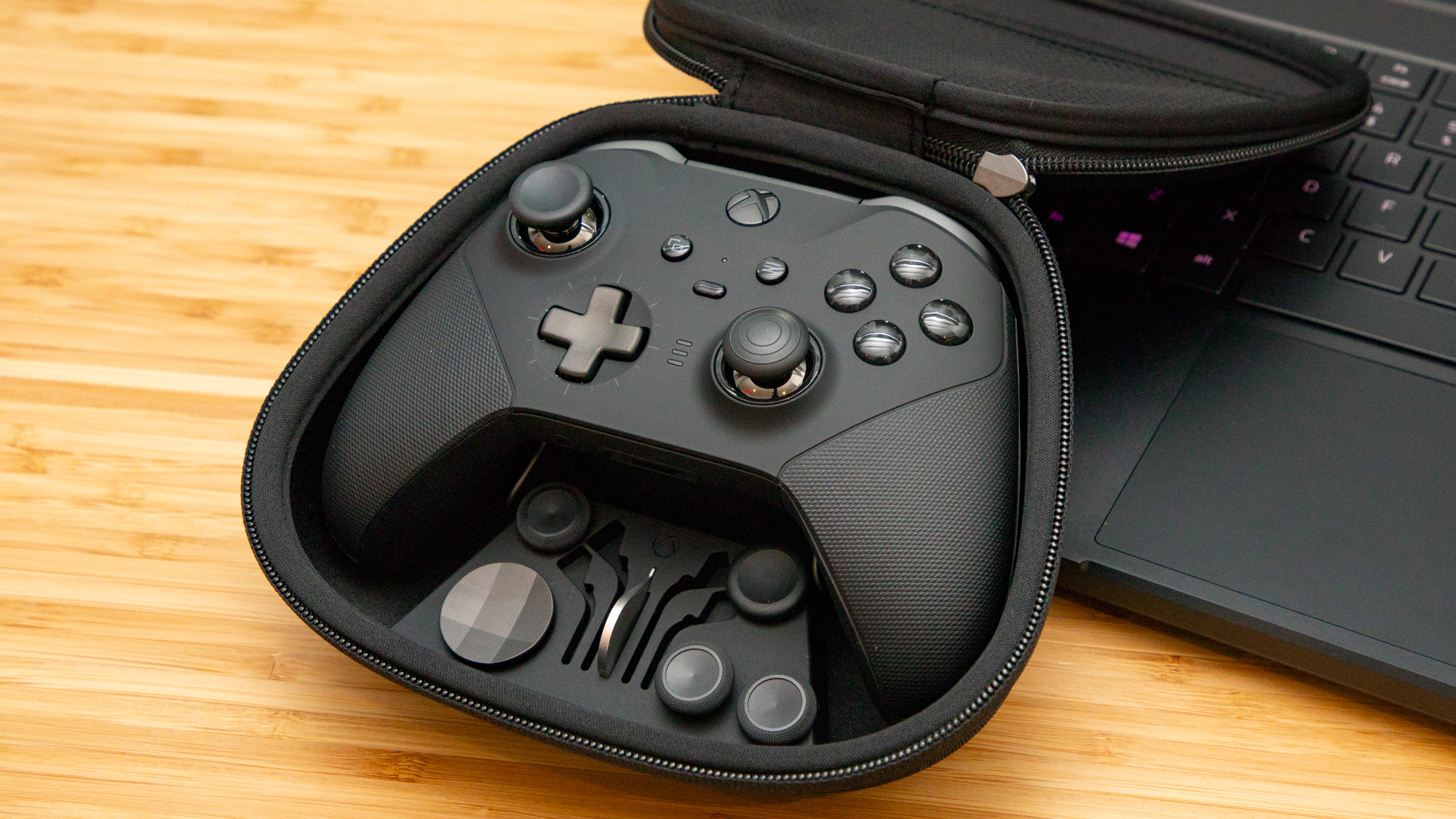
So what makes a pro controller different from a standard controller? Well for starters, customization is one of the main features that sets the two apart. For instance, with the Elite Series 2, Microsoft includes several different thumbsticks and an additional D-Pad you can swap out to tailor the controller to your liking.
Other pro controllers like PowerA’s Fusion Pro 2 ($70, Amazon) ship with swappable faceplates to give your controller a whole new look while the original Fusion Pro also came with swappable anti-friction rings. Being able to customize your controller how you want it is a big part of what makes it a ‘pro’ controller in the first place.
Get instant access to breaking news, the hottest reviews, great deals and helpful tips.

Extra buttons or paddles at the back of the controller are another common pro-level feature. However, each company does them a bit differently.
PowerA uses a remappable Pro Pack on the Fusion Pro 1 and 2 (the Fusion Pro 3 has buttons instead) to give its rear paddles a similar look and feel to those of the Elite Series 2. Razer on the other hand prefers to put the extra buttons on the Wolverine Ultimate and its other pro controllers right in the center.
Unfortunately, just like I did, you’ll have to try out a few different types of back buttons or rear paddles before you find out which kind work best for you.
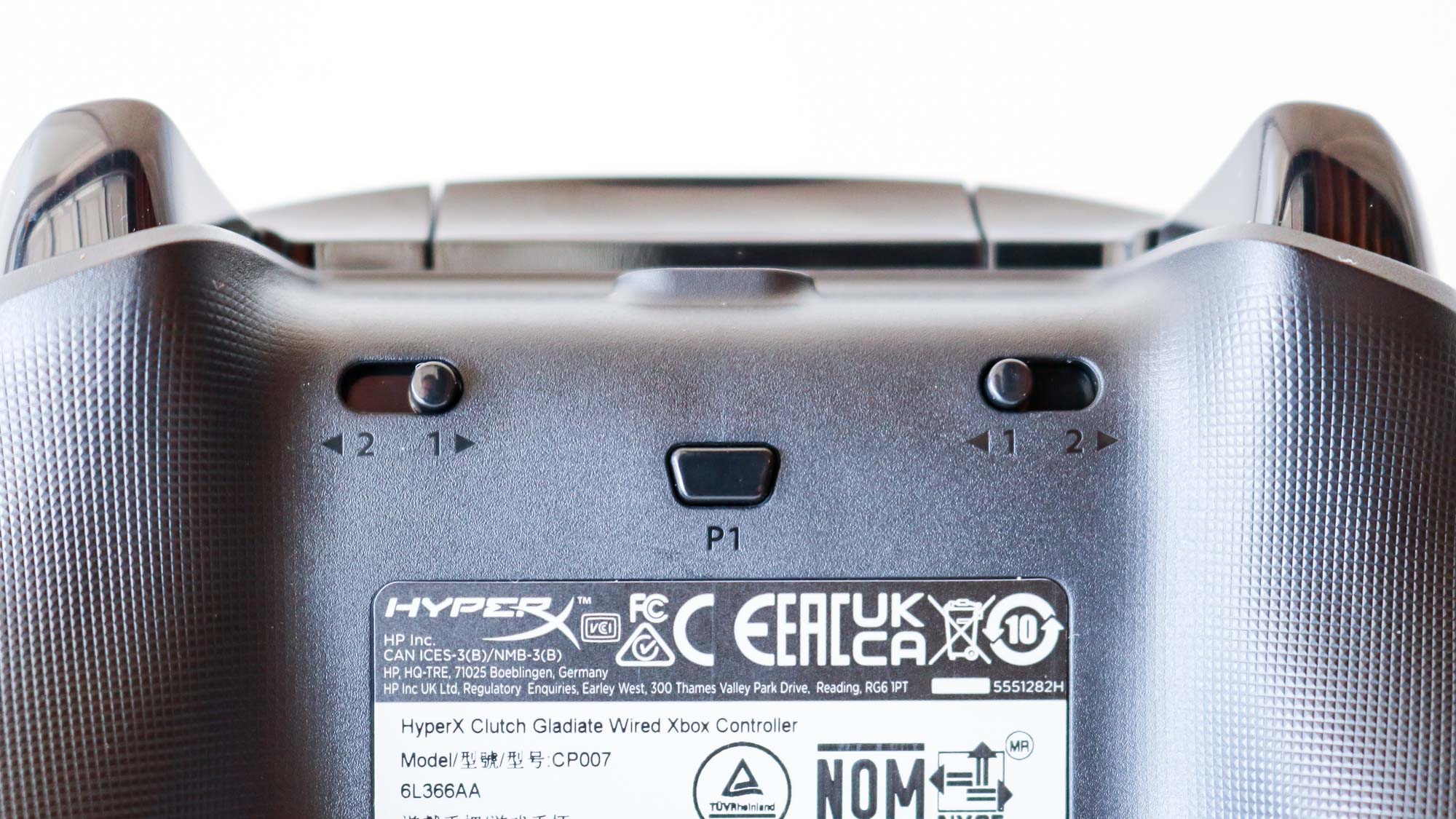
Another pro controller feature you’ll often find are adjustable trigger stops or trigger locks. These let you shorten the distance it takes to push the triggers on your controller down so that you can activate them faster. Fortunately, for those who enjoy trigger locks, they’re beginning to find their way into budget controllers that offer some pro-level features like the HyperX Clutch Gladiate.
The same can be said about textured grips and remappable back buttons but instead of the four buttons or paddles you’ll find on the back of a pro controller, you’ll likely just have two. This is great for games where you only need two buttons but with four, you can remap the face buttons of your controller to them so that you don’t have to take your thumbs off of the joysticks while playing.
What third-party pro controllers do better
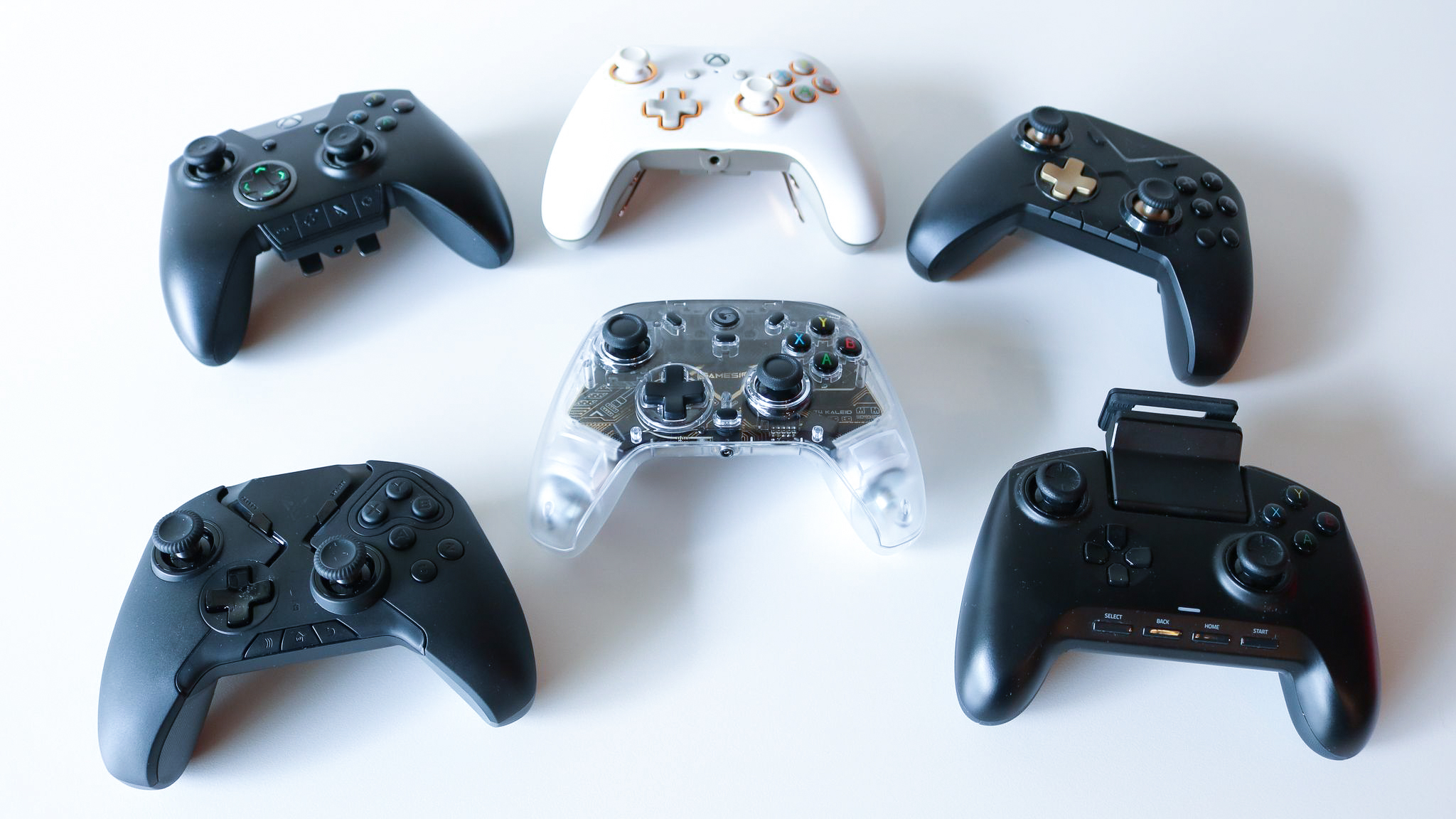
In my quest to find the perfect pro controller, I’ve bought a number of different controllers with my own money from the biggest names in the business like Razer and PowerA as well as a few from Flydigi and lesser known controller manufacturers. Each came with its own quirks and unique features but through the process of trying them all out, I discovered my must-have pro controller feature.
Although the Elite Series 2 and even Sony’s new DualSense Edge are premium pro controllers with back buttons, swappable parts and even nice cases to store everything when you’re not playing, both controllers feature the same buttons found on the stock controllers that come with the Xbox Series X and the PS5.
While this makes sense from a manufacturing standpoint, these buttons don’t give you the premium experience I’ve now come to expect with a pro controller.
Unlike Sony or Microsoft, Razer does things a bit differently with the buttons on its pro-style controllers. Instead of using a membrane switch, the company uses mechanical buttons like those found on the best mechanical keyboards.
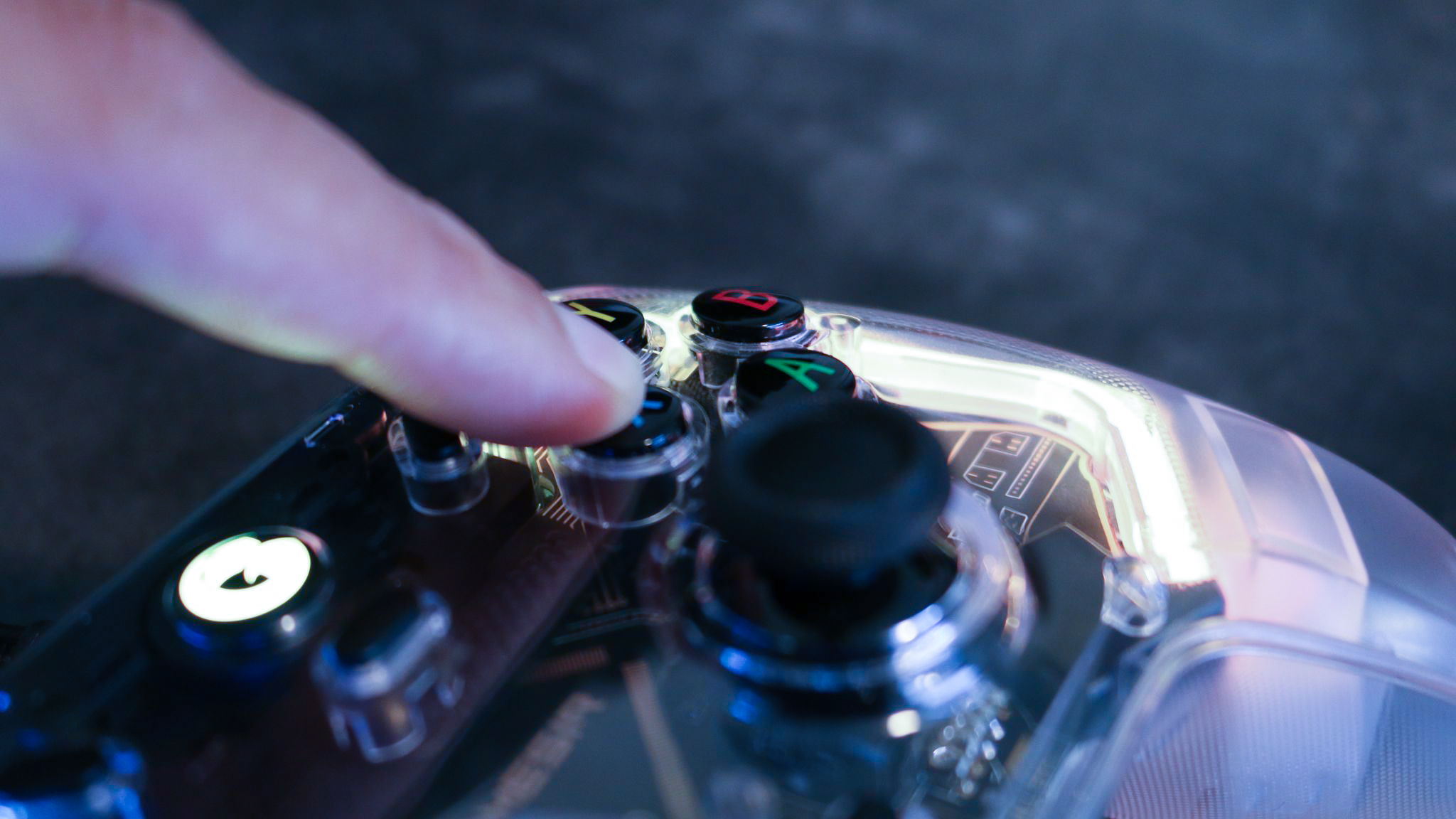
When pressed, these mechanical buttons give tactile feedback along with an audible click. Just like with clicky mechanical keyboard switches, this might not be for everyone. However, as someone who uses a mechanical keyboard every day for work, I really appreciate how they feel. It’s similar to the night and day difference you experience when upgrading from a membrane keyboard to a mechanical one.
Although I first tried out mechanical face buttons on the Wolverine Ultimate, they’ve now managed to find their way into much less expensive controllers like the GameSir T4 Kaleid ($42, Amazon) pictured above.
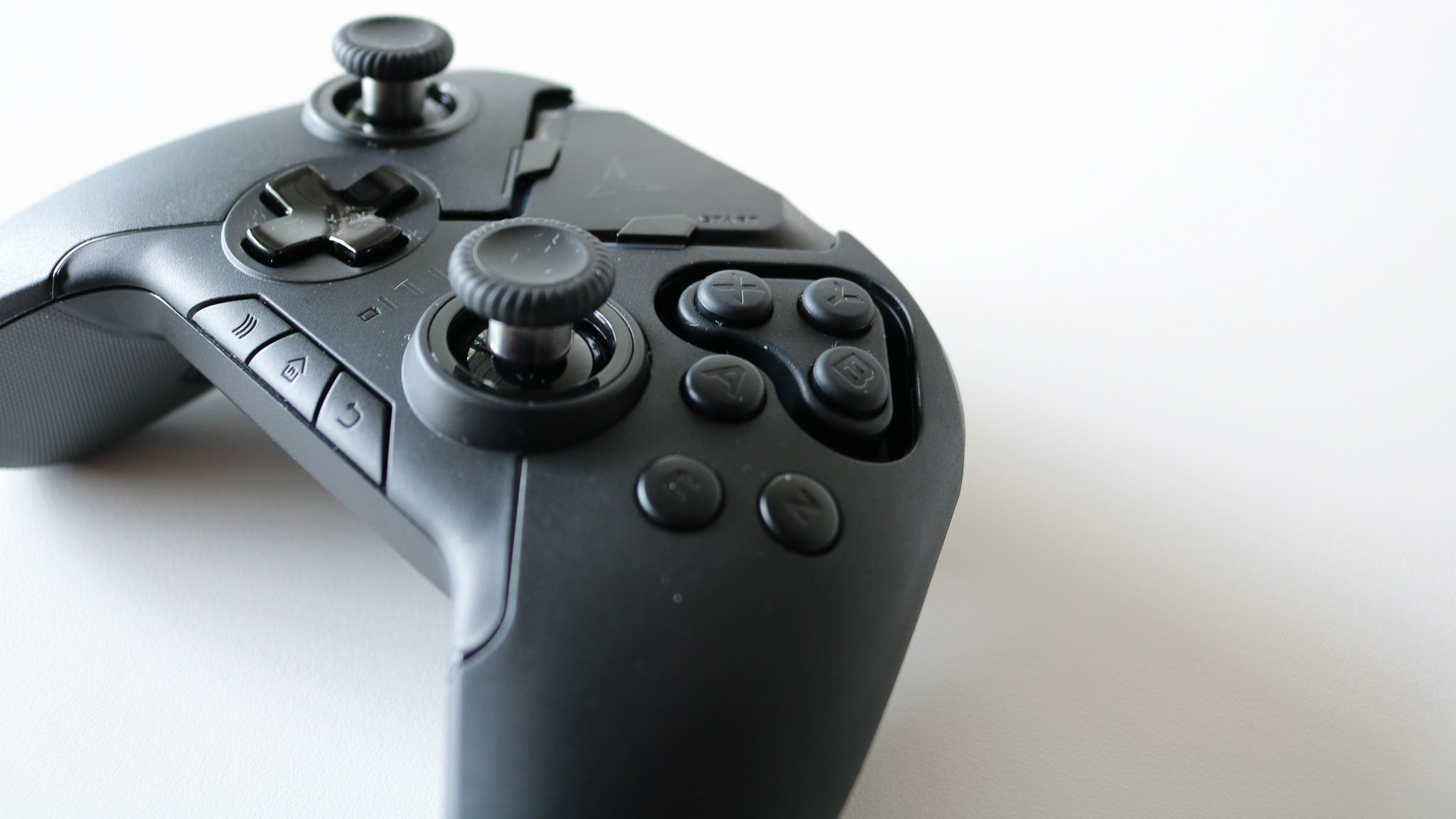
The Flydigi Apex 2 ($94, Amazon) is another interesting third-party pro controller with mechanical face buttons.
In addition to being slightly smaller, the controller’s X, Y and B buttons have a grippy rubber surface instead of hard plastic. However, what really sets the Flydigi Apex 2 apart is that the X, Y and B buttons are actually a draggable wheel that can function like another thumb stick. The controller also adds an extra Z and C button under the face buttons which is great for fighting games as you don’t have to use the triggers.
My search continues
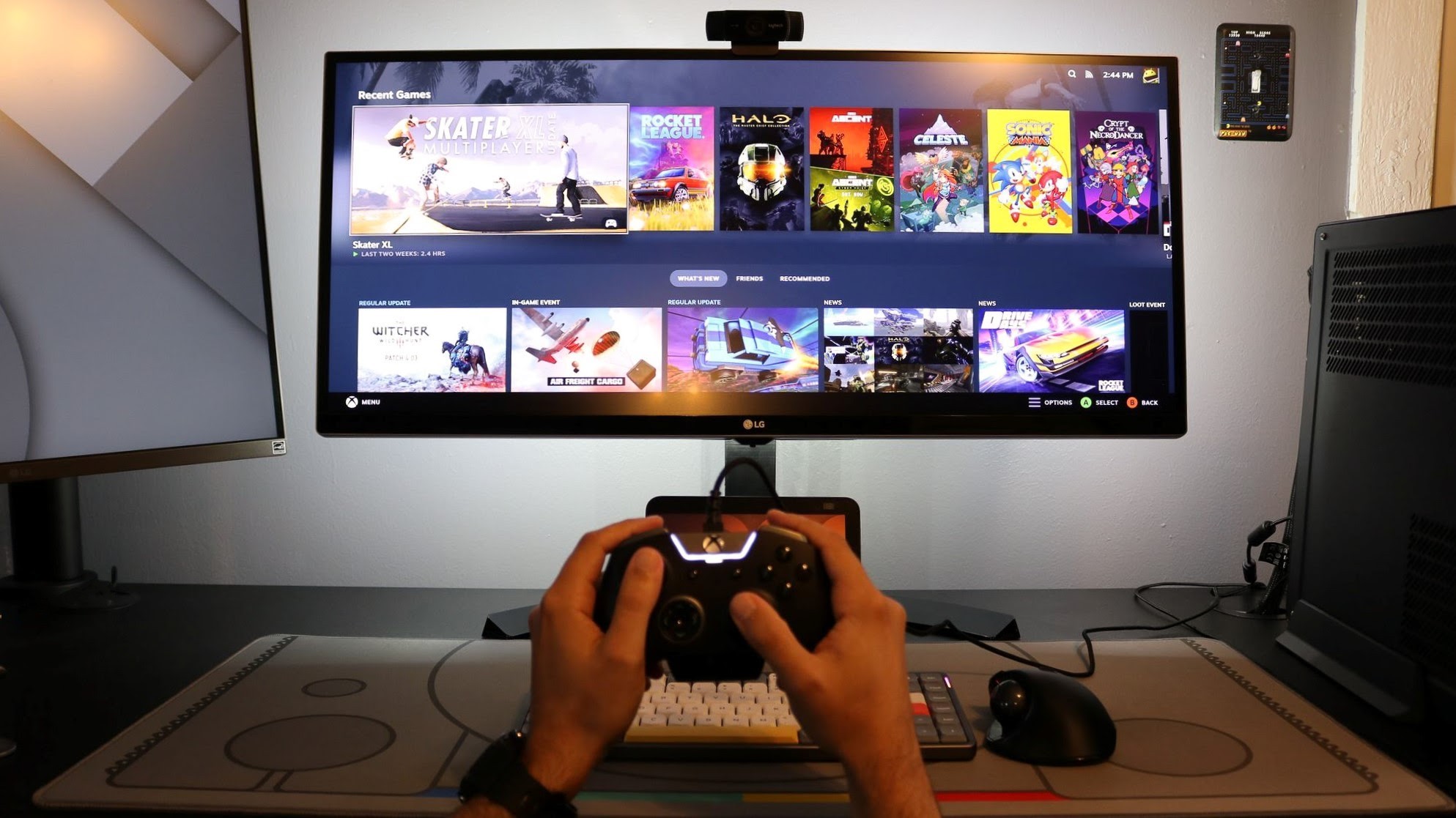
Even with mechanical face buttons and all the extra features found on third-party pro controllers, there’s one downside that will likely be a dealbreaker for many people: they can’t connect to your console wirelessly.
Although there are some third-party controllers that work wirelessly with PS5 and many that do so with the Nintendo Switch, the same can’t be said for Xbox Series X/S. This is because Microsoft uses proprietary wireless technology for its controllers to communicate with the Xbox. Meanwhile, the PS5 and Switch both use Bluetooth instead.
Due to this, my search for the perfect pro controller isn’t over quite yet. Fortunately, some new pro controllers have been released in the meantime, though they don’t quite check off every feature on my list.
There’s the Razer Wolverine V2 Pro which has mechanical buttons, offset thumbsticks and can be used wirelessly with both PS5 and PC. However, it’s still quite expensive at $250 and I’ve come to prefer the Elite Series 2-style back paddles found on the Fusion Pro. Likewise, the Victrix Pro BFG is another promising option that works wirelessly with the PS4, PS5 and PC. I love the fact that it has hot-swappable modules for the face buttons and control sticks but unfortunately, the face buttons aren’t mechanical.
At the end of the day, I want a pro controller with mechanical face buttons and four back buttons or rear paddles that easily works with my PC and all of my consoles. I know this is asking a lot but after seeing how 8Bitdo can make its controllers work across so many different platforms, it’s certainly possible.
In the meantime, I don’t mind adding a few more controllers to my collection as I continue to look for the perfect pro controller for me.
More from Tom's Guide
- New Asus Xbox PC controller packs an OLED screen and killer connectivity
- Netflix’s new feature could turn your iPhone into a game controller
- I just found my favorite PC gaming controller but there's just one problem

Anthony Spadafora is the managing editor for security and home office furniture at Tom’s Guide where he covers everything from data breaches to password managers and the best way to cover your whole home or business with Wi-Fi. He also reviews standing desks, office chairs and other home office accessories with a penchant for building desk setups. Before joining the team, Anthony wrote for ITProPortal while living in Korea and later for TechRadar Pro after moving back to the US. Based in Houston, Texas, when he’s not writing Anthony can be found tinkering with PCs and game consoles, managing cables and upgrading his smart home.
